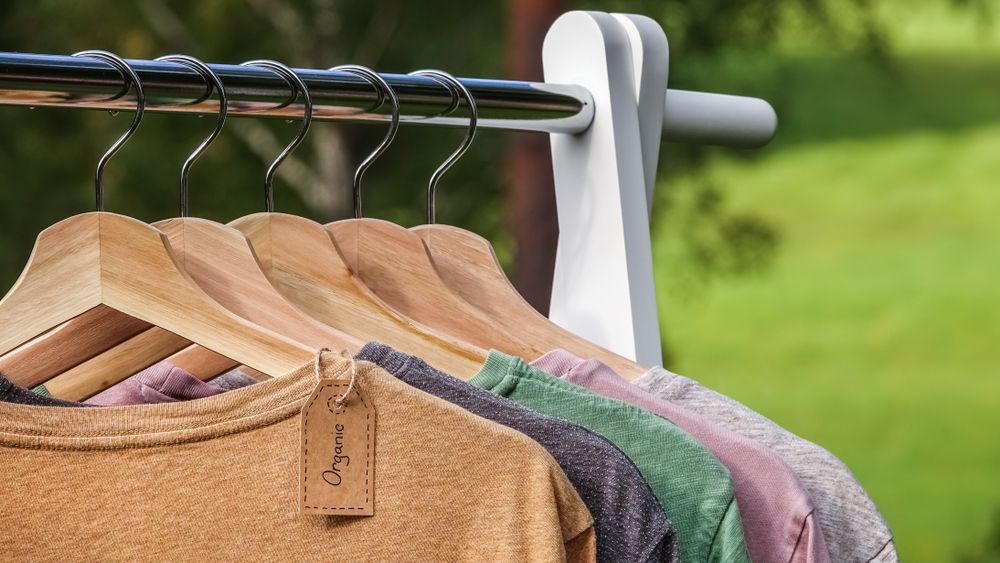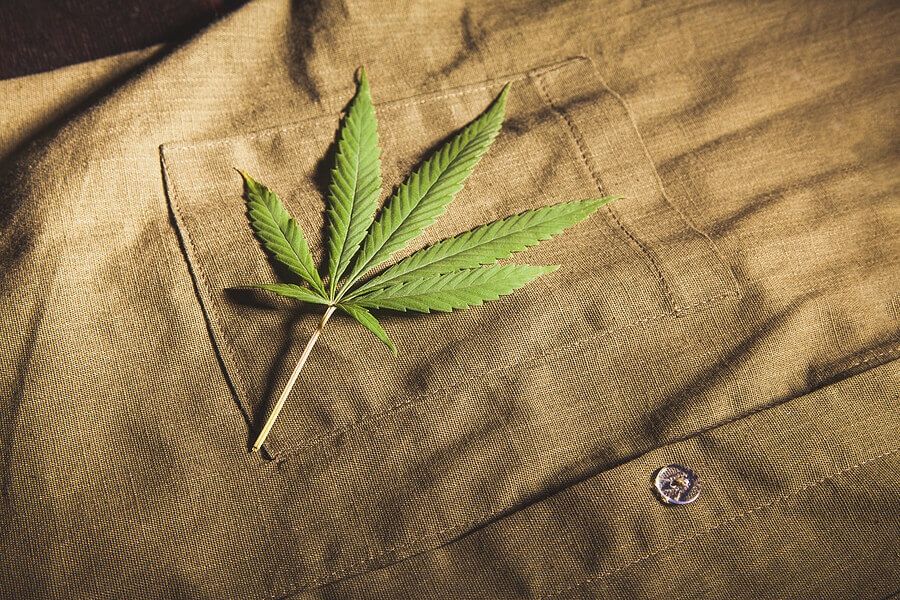Excellent Ideas For Selecting Hemp Clothing
Wiki Article
How Sustainable Is Hemp When Compared To Cotton, In Terms Of Water Use, Pesticides And Herbicides?
Hemp is considered to be a sustainable crop when compared to cotton with regard to water use, pesticides and herbicides for several reasonswater Usage-
Hemp - Hemp's water needs are low in comparison to other crops like cotton. Hemp is a drought-resistant plant that can grow without much water. Hemp can usually be developed using rainwater alone.
Cottonis a staple crop that has a reputation for consuming lots of water. Cotton farming is typically heavily irrigated, which could reduce the water resources of the area and lead to water shortages. The water-intensive nature of cotton farming has raised questions regarding its viability.
Herbicides are pesticides.
Hemp- Hemp is naturally resistant to numerous diseases and pests which means that it is less reliant on chemical herbicides and pesticides. Although some hemp plants may need only a few pest control measures to ensure their health The overall dependency of chemical inputs, like cotton, is far less than for other crops. Organic hemp can be grown almost non-pesticide.
Cotton- Conventional cotton farming relies heavily upon synthetic herbicides, pesticides and weed killers to control pests. These chemicals can cause negative environmental consequences including water and soil pollution as well as harm to species not intended for control and also the development of pesticide-resistant insects.
In the end hemp is considered to be an environmentally sustainable alternative to cotton in terms of water usage, pesticides, and herbicides-
Hemp grows well with little water and is often grown by rainwater or minimal irrigation.
The natural resistance of hemp to pests reduces the need for synthetic pesticides.
Hemp farming uses fewer synthetic pesticides and herbicides and fertilizers than cotton.
It's also important to know that environmental-friendly practices and sustainable farming methods can vary depending on the region and individual farmers. Organic farming practices can enhance sustainability by decreasing the usage of synthetic chemical and promoting soil quality. In terms of the environmental impact on clothing and textiles choosing organic and sustainably produced fibers will reduce the ecological footprint. Read the best hemp clothes examples for website tips including hemp textiles, hemp tank top, hemp active wear, jeans hemp, jungmaven t shirt, hemp hoodie, hemp jacket, patagonia hemp vest, mens hemp t shirts, afends jesse dress and more.

What Gives Hemp Fibers Their Ability To Breathe, Absorb Moisture And Thermoregulatory Qualities?
Hemp fibers are breathable, thermoregulating, and moisture-wicking characteristics due to their distinct chemical and structural properties. These properties are a result of a variety of factors. Microscopic structure- Hemp fibers possess pore-like hollow structures that permit air to circulate through the fibers. Porosity from nature is what makes hemp fabrics so comfortable to breathe. When they are knitted, or weaved together, this structure permits airflow. It aids in ventilation by preventing heat and moisture from getting trapped on the skin.
Wicking and Moisture Absorption- Hemp fibers are hydrophilic, which means they possess a strong affinity to water and can absorb moisture readily. Hemp fibers can absorb sweat or moisture from your body, thus removing the sensation of being wet. The hemp fibers can also help in removing water from your body, allows it to evaporate more quickly. The moisture-wicking properties of hemp keep you dry and comfortable while doing exercises or exercising in hot temperatures.
Hemp fibres have natural insulation properties. They can trap the heat close to body and provide warmth when it's chilly. Conversely, they allow the excess heat and moisture escape when it's hot and help reduce heat. Because of their thermoregulatory characteristic, hemp clothes can be worn for many different conditions and temperatures.
Hemp fibers are naturally antimicrobial, and can inhibit the growth of bacteria which cause smells. This property helps keep hemp clothing fresh and free from odors even after prolonged physical exertion.
Hemp fibers are durable and durable. They can last for a long time. Clothing made from hemp fibres will keep their breathable and moisture wicking ability even after many washings and usage. This prolongs the life of hemp clothes, reducing their requirement to replace them and reducing the environmental impact.
UV Protection- Hemp fibers provide a level of organic UV protection, shielding the skin from damaging UV radiation. This UV blocker's ability enhances the versatility of hemp clothing and makes it suitable for activities outdoors.
Important to note is the fact that these qualities are found in hemp fibres. They are not dependent on chemical treatment or other additives. Hemp's natural properties create a sustainable and comfortable fabric, especially for activewear, outdoor clothes and warm-weather clothing. The natural characteristics of hemp are retained throughout the time that hemp fibers have been processed and woven to textiles. These fibers are appropriate for eco-friendly and practical clothes. Follow the recommended hemp clothes tips for blog info including hemp clothing for men, hemp sweatpants, womens hemp clothing, organic hemp underwear, organic hemp fabric, hemp t shirt mens, hemp polo shirts, organic hemp underwear, hoodlamb coat, hemp clothing for men and more.

What are the main differences between hemp and Bamboo fibers?
The two fibers from plants, hemp and Bamboo are utilized in textile production Each has its own characteristics and properties. Here are some of the main differences between hemp fiber and bamboo fibre- 1. Plant Source-
Hemp- Hemp fibres are made from the outer bast of stalks. Hemp has been utilized to serve a variety of purposes throughout the years. It is a rapidly growing multi-purpose plant.
Bamboo fibers are made of bamboo pulp. Bamboo is a fast-growing species grass that is known for its rapid renewal and durability.
2. Fiber Characteristics
Hemp- Hemp fibers are known for their strength and durability. These are the strongest of all natural fibers. Each time they wash them, they soften and more flexible, making them ideal for clothing that lasts for a long period of time.
Bamboo Fibers- Bamboo fibers possess a silky, soft texture. These fibers may be softer and less durable than hemp, however they are valued for their ease of use.
3. Texture-
Hemp- Hemp fabric has an extremely rough and textured feeling, particularly when it is in its natural form. It's soft, but it has a distinct feel compared to bamboo.
Bamboo fabric is soft, silky and luxuriously soft. The fabric is described as having a silky, cottony feel. It's very comfortable.
4. The ability to breathe and the moisture-wicking properties-
Hemp- Hemp is naturally air-tight. Hemp also absorbs water. These can keep you cool during hot weather.
Bamboo Fibers- Bamboo fibres possess the highest amount of breathability as well as moisture wicking. Micro-gaps inside the fabric improve its ability to regulate moisture and temperature which allows you to remain at ease in all conditions.
5. Environmental Impact-
Hemp- Hemp is considered an eco-friendly fiber because of its water-required minimum, fast growth, and resistance to pests, reducing the need for pesticides and herbicides. It can also absorb carbon dioxide from the air when it is growing.
Bamboo is regarded as a sustainable material. It is very durable, grows rapidly and needs only a tiny amount of water. Certain varieties of bamboo, such as Moso bamboo are very eco-friendly.
6. Processing-
Hemp- Hemp fibers must be processed extensively in order to separate the outer bast fibers from their inner core. Processing may involve decortication, retting and mechanical separation.
Bamboo Fibers- Bamboo fibers are produced through a chemical process referred to as the viscose/rayon procedure. This process involves breaking down bamboo pulp by using chemical. Although this can cause environmental issues if not handled properly, some bamboo fabrics make use of closed-loop systems to decrease chemical waste.
7. Versatility-
Hemp- Hemp fibres can be used for a range of uses, including clothes, textiles and even paper. They also make great building materials.
Bamboo- Bamboo is primarily used in the production of textiles and clothing. However, it can also appear in other products like bed linen and towels.
Both hemps and bamboos offer benefits in terms of sustainable and distinctive qualities. The choice between them is based on the qualities you seek in a cloth and your personal preference for sustainability. Take a look at the best a knockout post on bamboo clothes for site advice including kyte pajama, carter's bamboo pajamas, bamboo baby pajamas, bamboo undergarments, t shirts bamboo, bamboo yoga clothing, bamboo leggings, preemie bamboo pajamas, bamboo clothing sustainable, bamboo material clothing and more.
